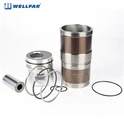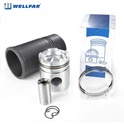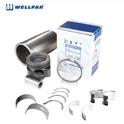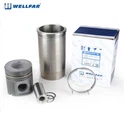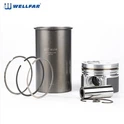Vibration is generated in the suspension system due to the impact of the elastic element, in order to improve the smoothness of the car driving. The shock absorber is installed in parallel with the elastic element in the suspension, and in order to attenuate the vibration, the shock absorber used in the automobile suspension system is mostly a hydraulic shock absorber.
The working principle is that when there is relative movement between the frame (or body) and the axle, the piston in the shock absorber moves up and down, and the oil in the shock absorber cavity flows into another cavity repeatedly from one cavity through different orifices.
At this time, the friction between the pore wall and the oil and the internal friction between the oil molecules form a damping force on the vibration, so that the vibration energy of the car is transformed into oil heat energy, which is then absorbed by the shock absorber and distributed to the atmosphere. In the oil channel section and other factors remain unchanged, the damping force increases or decreases with the relative movement speed between the frame and axle and wheels, and is related to the oil viscosity.
The shock absorber and the elastic element undertake the task of shock mitigation and damping, if the damping force is too large, it may lead to bad suspension elasticity and even damage the shock absorber connection. Thus, the contradiction between the elastic element and the shock absorber has to be adjusted.


